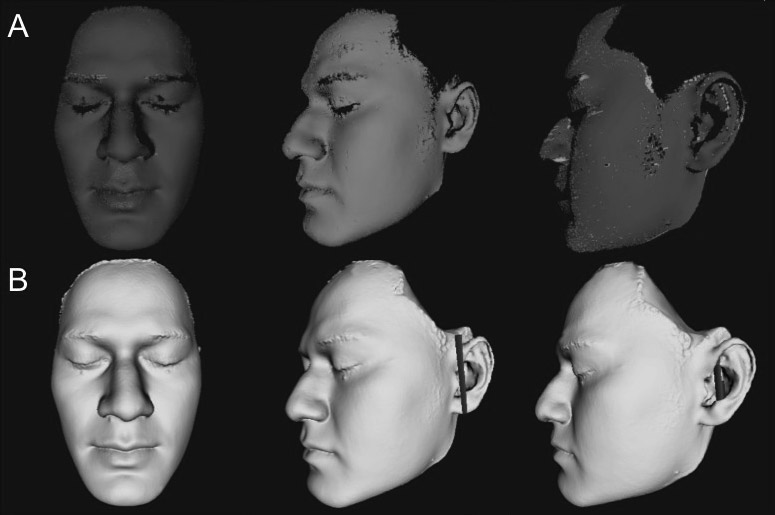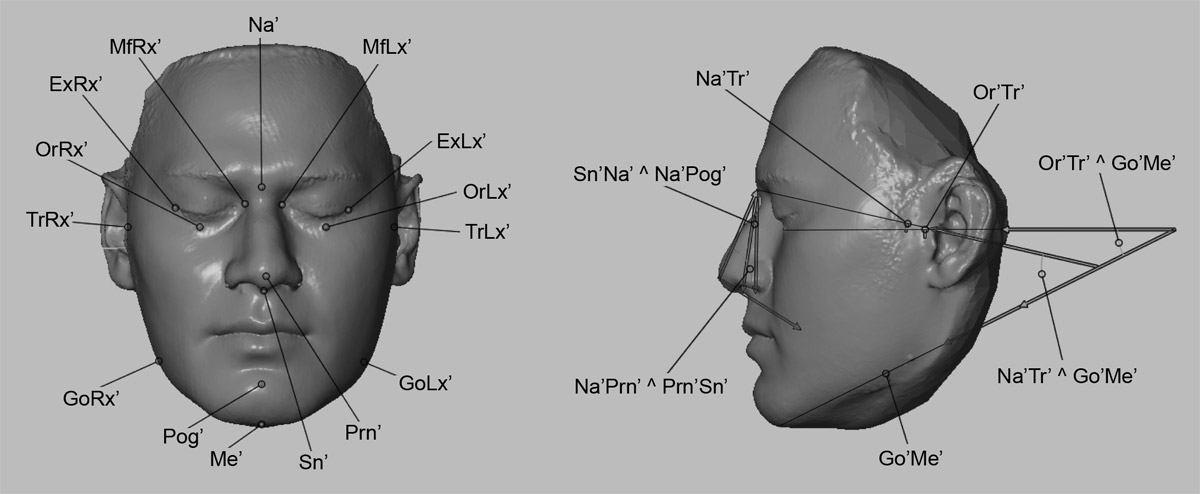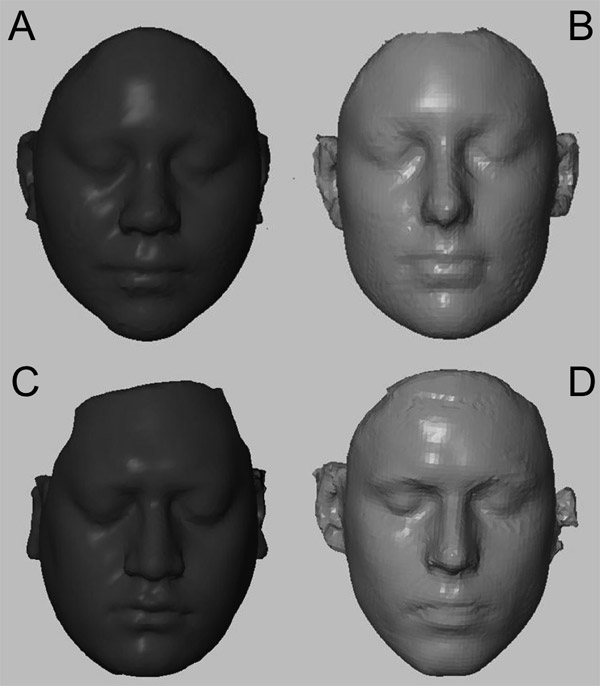In the medical field, diagnosis is very important in the treatment of patients. Each person is unique in his/her physical appearance. 3D scanners are instrumental in providing an effective method for capturing face and body 3D measurements quickly without any physical contact. With this information, patients can be properly diagnosed to ensure they get the proper treatment.
For this reason, researchers at the University of Otago (New Zealand) in partnership with the University of Naples (Italy) wanted to use 3D scanning–more commonly known in the medical field as 3D imaging–to investigate the differences in facial features of Māori and New Zealand (NZ) European adults.1
Purpose of the Study
Māori people are indigenous Polynesian people of New Zealand. Māori patients are often inappropriately treated using Caucasian norms, despite obvious differences in facial morphology. By examining and comparing the physical similarities and differences of facial anatomical landmarks (digital 3D coordinates) between these two groups, researchers can use data to determine if there are statistical differences. The result will help improve the orthodontic and surgical treatment planning of Māori patients.
Scanning Faces into Digital 3D Models for Analysis
30 Māori and 30 New Zealand Europeans closely matched in gender and age participated in the study. For each participant, 12 facial scans were captured using the HDI Advance 3D scanner at different angles. The scans were later merged together to form a complete digital 3D model.

Reconstruction of the participant’s face in 3D digital form
A. Images of facial scans (two superimposed scans per position)
B. Digital 3D model of the participant’s face by merging the left and right sides of the facial scans together
19 facial measurements act as variables for comparison between the two groups, commonly used for cephalometric analysis, which examines the dental and skeletal relationships of the skull used by dentists, orthodontists, and oral and maxillofacial surgeons as a treatment planning tool.2

19 facial landmark measurements used in the study.
Study Results
Researchers conducted statistical analysis to the scanned data collected from the HDI Advance 3D scanner. They found that there were facial feature differences between the Māori and New Zealand European participants.
In the study, the researchers reconstructed the ‘average’ Māori and New Zealand European faces by merging the entire pool of 3D faces in each group. The results demonstrated several of these distinctive facial features between the two groups.

Average reconstruction of faces:
A. 15 Māori females
B. 15 New Zealand females
C. 15 Māori males
D. 15 New Zealand males
Māori participants had larger facial measurements compared with New Zealand Europeans. Māori have unique facial features that show resemblance to historical Polynesian skulls. These distinctive features may reflect important differences in environmental and genetic influences between the two populations.
From the study, it demonstrated that the use of Caucasian norms in Māori individuals may have an impact on the medical treatment they receive due to the differences in facial structures. 3D scanning can assist clinicians in further assessing facial dysmorphology of different ethnic groups for more customized treatment of patients.
To learn more about the study, please read the full report.
Why are 3D scanners good for medical applications?
As shown in the study, one of the main advantages of using 3D scanning for medical applications is the procedure is non-invasive. Conventional methods of collecting data from patients may require the use of radiation.
Other benefits to using 3D scanning for medical applications include:
Analyze Patient Data in More Detail
3D scanning also provides the ability to assess and analyze patient data with more complexity. You can assess multiple planes simultaneously and superimpose data to get a better understanding of the similarities and differences between patients.
Quickly Capture 3D Measurements
There are 3D scanners that can capture a single scan in as little as a fraction of a second. It minimizes the need for long test time in order to collect data from patients. Structured-light 3D scanners using white light or blue light are eye safe for face scanning.
Empower Medical Practitioners to Analyze Data More Quickly
Due to the speed with which 3D scanners can capture 3D measurements quickly and with the data showing up almost instantaneously, medical practitioners can analyze the data faster so there are no delays in patient treatment.
Scan Patients without Contact
There are cases when contact with the patient’s body is not possible (i.e. burn victims, fragile injuries). Medical practitioners can use non-contact 3D scanners to capture measurements of face and body parts without any contact with the patient.
Consistent Results Every Time
3D scanners can generate repeatable results even when different operators use the equipment.
Easy to Operate with Basic Training
With basic training, medical practitioners can learn to use a 3D scanner relatively quickly for daily use.
Do you have any questions related to how 3D scanning can be helpful in medical applications? Please feel free to comment.
– – –
References:
- This blog post is based on the research study, A three-dimensional evaluation of Māori and New Zealand European faces, September 2014. Photos in this blog post are from the research report.
- Cephalometric analysis, Wikipedia